Unveiling the Tapestry of Ancient Roman Civilization: A Historian’s Exploration. Delve into the grandeur of the Roman Empire with an expert historian, uncovering the intricacies of its rise, dominance, and legacy that shaped the course of Western civilization.
Key Takeaways:
- Ancient Rome emerged as a prominent city in 753 BC and grew into a vast empire over centuries.
- It encompassed territories across Europe, including England, as well as regions in Africa and Asia.
- Lasting over a thousand years, Roman civilization significantly influenced modern languages, governance systems, and architectural designs.
Ancient Roman Civilization
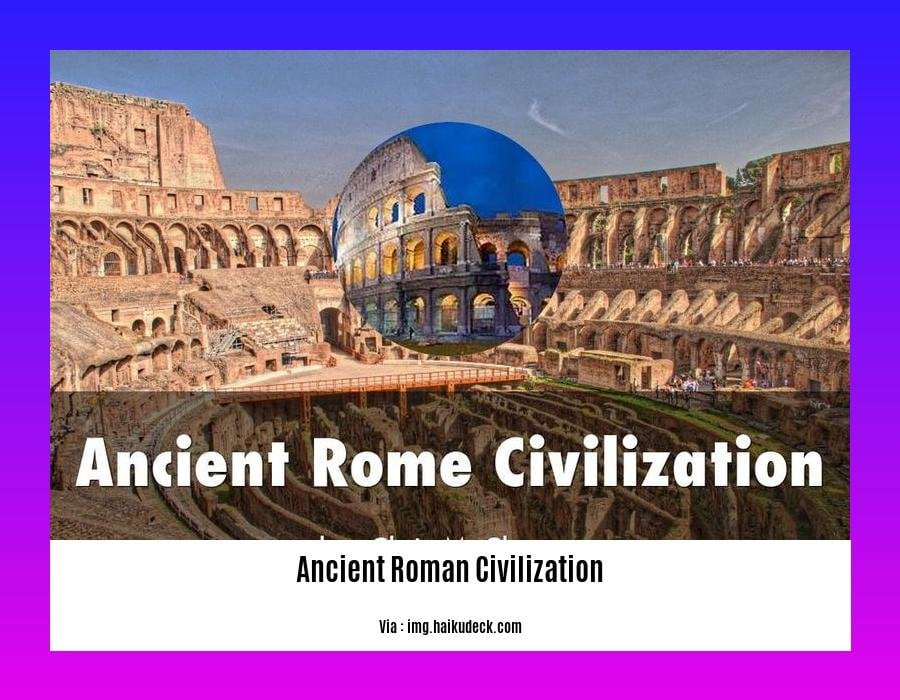
Step into the realm of ancient Roman civilization, a mesmerizing tapestry woven with the threads of time. From its humble origins as a small town on the Tiber River, Rome evolved into a colossal empire that left an indelible mark on the world.
The Rise and Fall of an Empire
Like a towering oak, ancient Roman civilization grew steadily, its roots reaching deep into the annals of history. The Roman Republic, founded in 509 BC, laid the foundation for centuries of prosperous rule. The Roman Empire, established in 27 BC, expanded Rome’s reach far and wide, leaving behind a legacy of enduring influence.
Yet, like all great civilizations, Rome’s zenith gave way to decline. Internal strife, external pressures, and economic instability brought about the empire’s eventual fall in the 5th century AD. But even in its twilight, Rome’s legacy continued to inspire and shape the course of human civilization.
A Legacy of Innovation and Ingenuity
Ancient Roman civilization was a crucible of innovation, where brilliant minds fostered advancements across multiple disciplines:
- Architecture: The Romans were renowned for their awe-inspiring structures, such as the Colosseum and the Pantheon.
- Engineering: Their construction of aqueducts, roads, and bridges revolutionized infrastructure and improved quality of life.
- Law: The Roman legal system, with its emphasis on justice and due process, became a cornerstone of Western jurisprudence.
- Literature: Roman poets, such as Virgil and Ovid, produced enduring works that continue to captivate readers today.
Pillars of Roman Society and Culture
Ancient Roman civilization thrived on a complex social and cultural fabric:
- Government: Rome’s political system evolved from a monarchy to a republic and eventually to an empire, featuring a complex interplay of power between emperors, senators, and the people.
- Religion: Roman gods and goddesses played a central role in daily life, with festivals and rituals honoring their favor.
- Family: The Roman family, built around the authority of the paterfamilias, was the backbone of society.
- Education: Education was highly valued in ancient Roman civilization, with prominent schools offering instruction in rhetoric, philosophy, and law.
In conclusion, ancient Roman civilization stands as a testament to human ingenuity and perseverance. Its legacy lives on in our languages, governments, architectural marvels, and cultural traditions. As we delve into the tapestry of this ancient civilization, we gain insights into our own past and pave the way for a more informed future.
Are you curious about the origins of ancient civilizations and empires? Dive into the rich history of ancient Rome. Journey through time, from its humble beginnings to the rise and fall of the Roman Empire. Explore fascinating Rome historical events that shaped the world we know today.
Social Structure and Hierarchy
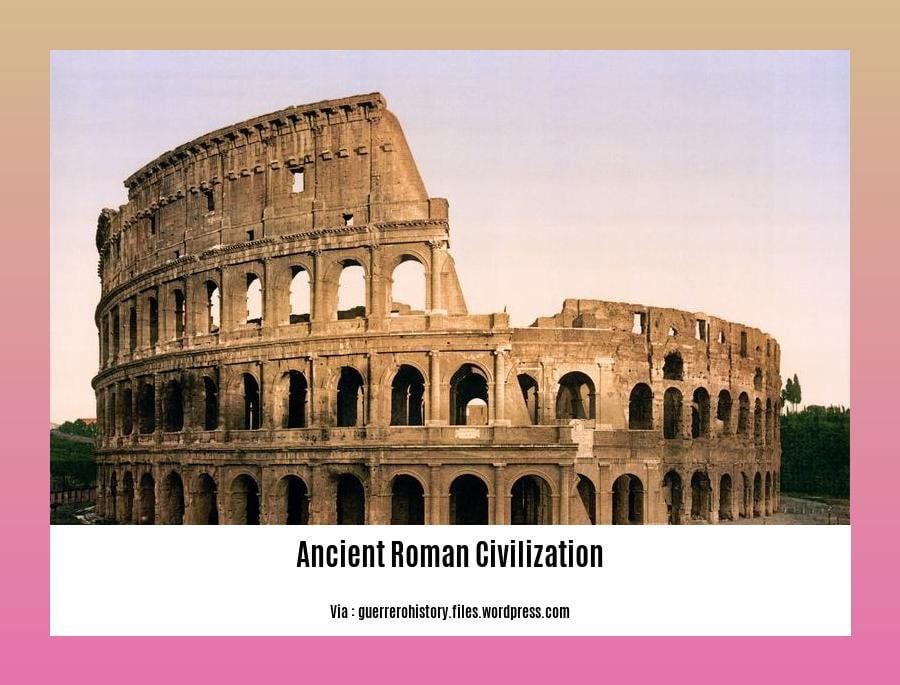
Step into the vibrant realm of ancient Rome, where power and privilege danced a delicate waltz. Society was a rigid tapestry woven with intricate threads of Social Structure and Hierarchy.
Defining Ranks
At the apex stood the Patricians, a noble class holding immense wealth and influence. Their bloodlines boasted centuries of political dominance, securing their grasp on power.
Below them, the Plebeians formed the backbone of society, a vast pool of common citizens who yearned for greater influence in the affairs of state.
Educational Divide
Like a chasm, the Social Structure and Hierarchy divided access to education. The wealthy and elite reveled in the halls of learning, while the less fortunate had to settle for a meager education or none at all.
Slavery’s Shadow
Slavery was a dark stain on the fabric of Roman society. Slaves, mostly war captives or people born into servitude, toiled tirelessly, providing the foundation upon which the upper classes flourished.
Political Divide
The Social Structure and Hierarchy had a profound impact on politics. Patricians held a virtual monopoly on political offices, shaping laws and policies that favored their interests. The Plebeians, despite their numerical superiority, had limited influence, often struggling to make their voices heard.
Key Takeaways:
- Ancient Roman society was divided into distinct classes, with Patricians holding the highest status and power.
- The social hierarchy influenced political authority, with Patricians largely dominating political offices and decision-making.
- Access to education was heavily influenced by social class, with the wealthy and elite having significant advantages.
- Slavery was an integral part of Roman society and contributed to the maintenance of the social hierarchy.
- Other social classes included Plebeians (common citizens), Equites (wealthy merchants and knights), and Slaves.
Relevant URL Source:
- “Ancient Roman Society and Social Order”: https://www.worldhistory.org/article/1463
Cultural Advancements and Influence
As we delve into the rich tapestry of Ancient Roman Civilization, its profound cultural advancements and influence on Western civilization become apparent.
Imagine a bustling Roman city, where the streets hum with activity and the grandeur of public baths, temples, and forums unfolds. It’s here that we witness the Romans’ mastery of architecture and engineering, leaving an enduring legacy in the form of the Colosseum, Pantheon, and aqueducts that continue to inspire awe.
Beyond their architectural marvels, the Romans also made significant contributions to the realm of law and governance. Their comprehensive legal system, known as Justinian’s Code, established principles of justice and due process that have shaped legal systems worldwide. The Roman Republic’s emphasis on representative government and citizen involvement laid the foundation for modern democracies.
The Romans were also ardent patrons of the arts and literature. Their poets, such as Virgil and Ovid, crafted epic masterpieces that have captivated generations. The Romans’ love of theater, music, and art found expression in the construction of amphitheaters and the patronage of skilled artisans.
Key Takeaways:
– Architectural Ingenuity: Colosseum, Pantheon, aqueducts
– Established Legal System: Justinian’s Code, justice and due process
– Democratic Principles: Representative government, citizen involvement
– Artistic Patronage: Virgil, Ovid, amphitheaters, artisans
Relevant URL Source: How Did Ancient Rome Influence Western Society?
Legacy and Enduring Impact
Ancient Rome, the cradle of Western civilization, left an indelible mark on the world, as its influence and innovations continue to shape our societies today.
Rome’s political legacy laid the foundation for modern governance. The concept of a republic, with its separation of powers and representative government, became a model for many democracies worldwide. Its legal system, based on the idea of equality under the law, trial by jury, and personal rights, has had a profound impact on legal systems globally.
Rome’s cultural legacy is equally impressive. The Roman amphitheater, with its gladiatorial contests and spectacular performances, has left a lasting impression on entertainment and sports. The Romans adapted Greek ideas and art, blending them with their own unique style, creating an artistic heritage that continues to inspire and captivate.
The architectural prowess of the Romans is evident in their monumental structures like the Colosseum and Pantheon. Their innovative use of arches, domes, and concrete revolutionized construction techniques and left an enduring legacy in architecture.
Rome’s language, Latin, served as the lingua franca of the Western world for centuries, shaping the development of many modern European languages. Even today, Latin phrases and terms are used in academia, law, and medicine.
Key Takeaways:
- Rome’s political legacy established principles of governance that continue to shape modern democracies.
- The Roman legal system emphasized equality under the law and personal rights, influencing legal systems worldwide.
- The amphitheater, gladiatorial contests, and artistic achievements of Rome left a lasting cultural impact.
- Roman architectural innovations, such as arches, domes, and concrete, revolutionized construction techniques.
- Latin, the language of the Romans, served as the foundation for many modern European languages.
Relevant URL Source:
www.worldhistory.org/article/1601/legacy-of-the-ancient-r…
FAQ
Q1: What factors led to the rise and fall of the Roman Empire?
Q2: How did the social structure of ancient Rome differ from other ancient civilizations?
Q3: What were some of the key innovations and contributions of ancient Rome to modern society?
Q4: How did geographical factors influence the development of Roman civilization?
Q5: What are the most significant aspects of the cultural legacy of ancient Rome that are still relevant today?
- China II Review: Delicious Food & Speedy Service - April 17, 2025
- Understand Virginia’s Flag: History & Debate - April 17, 2025
- Explore Long Island’s Map: Unique Regions & Insights - April 17, 2025
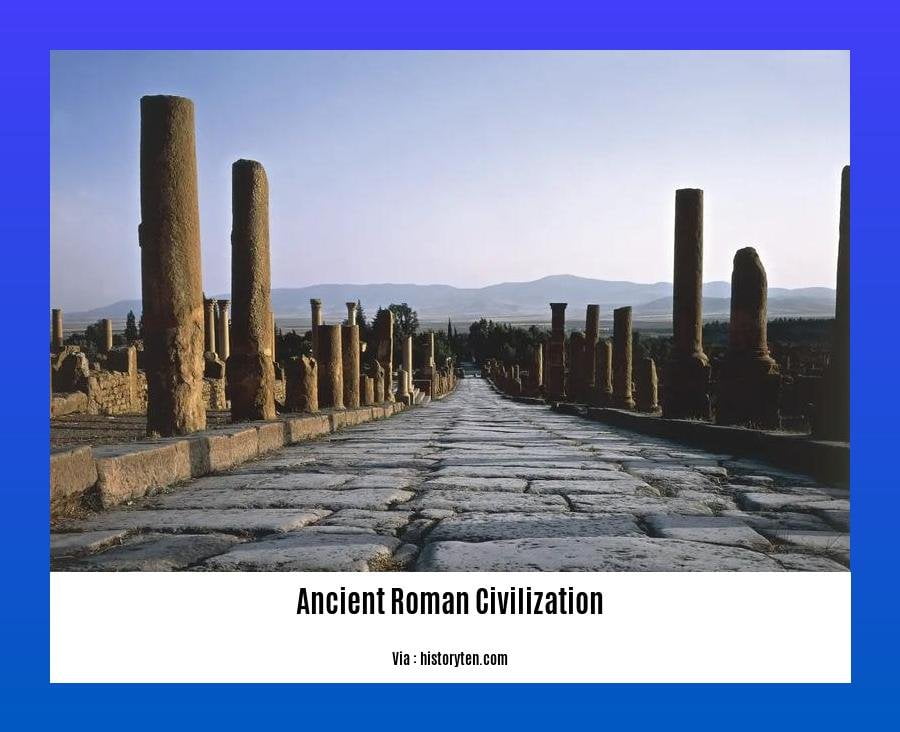
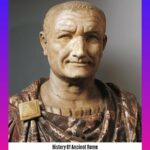
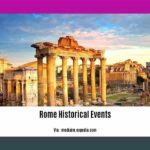
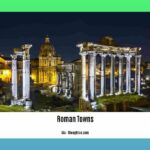
![[Facts about Italian Rome]: Unveiling the Secrets of the Eternal City Facts-about-Italian-Rome_2](https://www.lolaapp.com/wp-content/uploads/2023/12/Facts-about-Italian-Rome_2-150x150.jpg)











